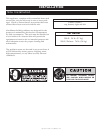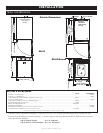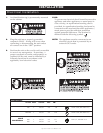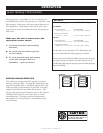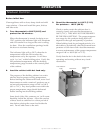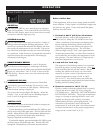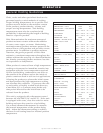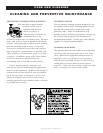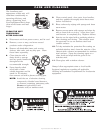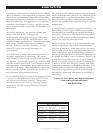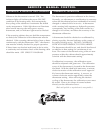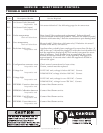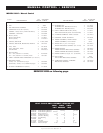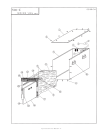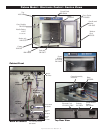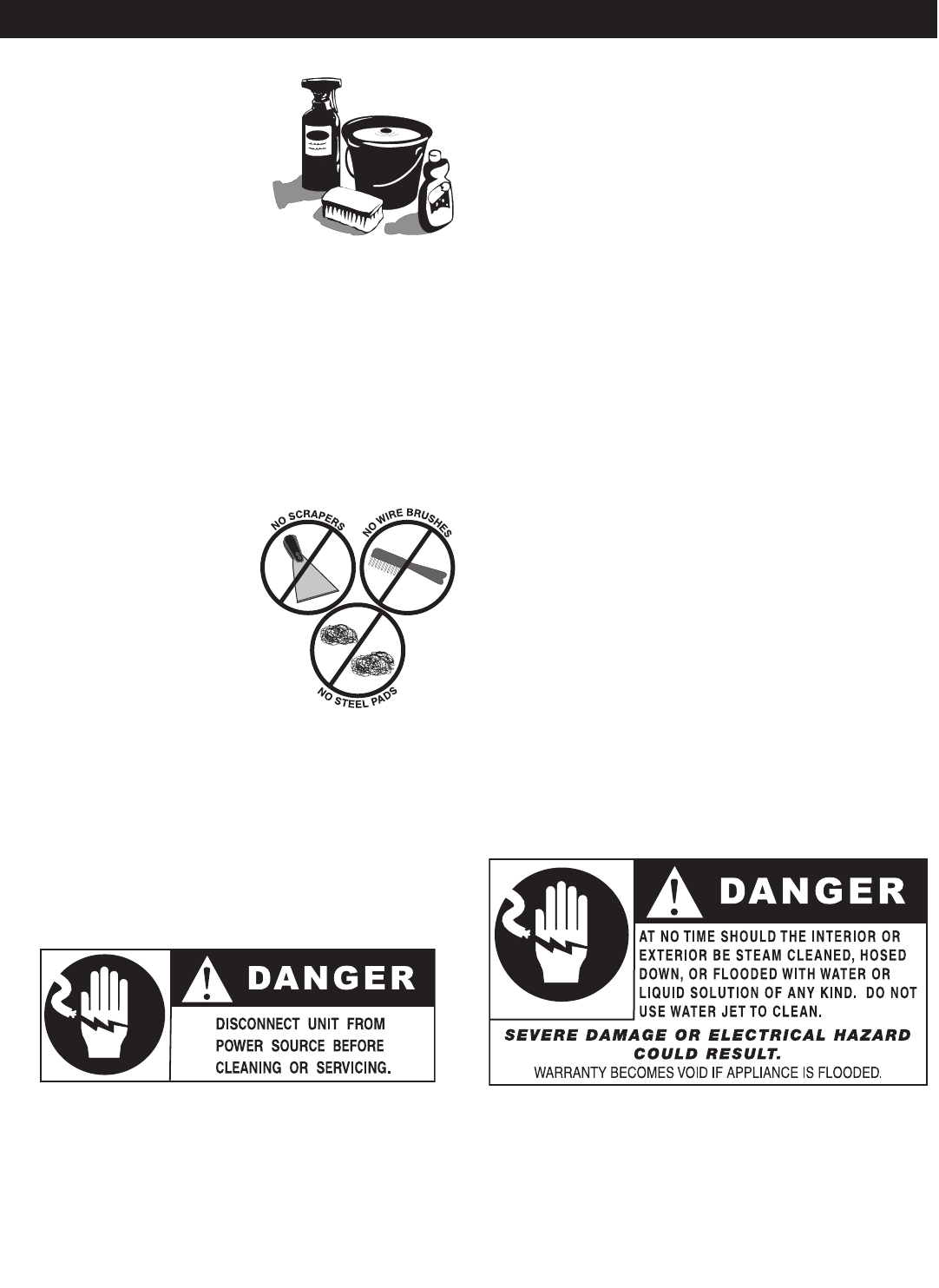
The cleanliness and
appearance of this unit will
c
ontribute considerably to
operating efficiency and
savory, appetizing food.
Good equipment that is kept
clean works better and lasts
longer.
CLEAN THE UNIT
THOROUGHLY
AFTER EACH USE
1. Disconnect unit from power source, and let cool.
2. Remove, cover or wap, and store unused
products under refrigeration.
3. Remove all detachable items such as wire
shelves, side racks, and any drip pan. Clean
these items separately.
4. Clean interior with a
damp cloth or sponge
and any good commercial
detergent at the
recommended strength.
5. Spray heavily soiled
areas with a water
soluble degreaser and let
stand for 10 minutes,
then remove soil with a plastic scouring pad.
NOTE: Avoid the use of abrasive cleaning
compounds, chloride based cleaners,
or cleaners containing quaternary salts.
Never use hydrochloric acid
(muriatic acid) on stainless steel.
6
. Clean control panel, door vents, door handles,
and door gaskets thoroughly since these areas
harbor food debris.
7. Rinse surfaces by wiping with sponge and clean
warm water.
8. Remove excess water with sponge and wipe dry
with a clean cloth or air dry. Leave door open
until interior is completely dry. Replace shelves.
9. Interior can be wiped with a sanitizing solution
after cleaning and rinsing. This solution must
be approved for use on stainless steel food
contact surfaces.
10. To help maintain the protective film coating on
polished stainless steel, clean the exterior of the
cabinet with a cleaner recommended for stainless
steel surfaces. Spray the cleaning agent on a
clean cloth and wipe with the grain of the
stainless steel.
11. Clean glass with a window cleaner.
Always follow appropriate state or local health
(hygiene) regulations regarding all applicable
cleaning and sanitation requirements for foodservice
equipment.
Op eration and Care Manual • 11.
C A R E A N D C L E A N I N G



